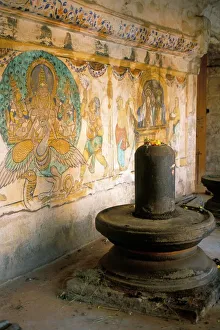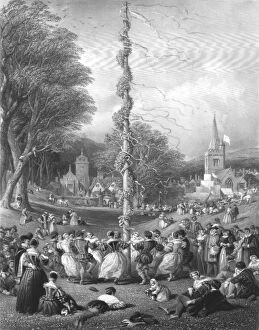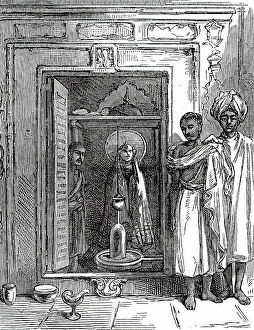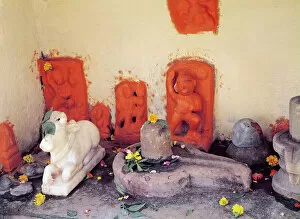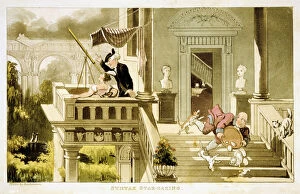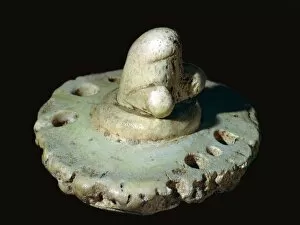Phallic Symbol Collection
"Exploring the Phallic Symbol: From Ancient Temples to Modern Art" The Sri Brihadeswara Temple in the 10th century showcases a magnificent Shiva lingam
All Professionally Made to Order for Quick Shipping
"Exploring the Phallic Symbol: From Ancient Temples to Modern Art" The Sri Brihadeswara Temple in the 10th century showcases a magnificent Shiva lingam, a powerful phallic symbol representing divine energy and creation. Journeying to Hamilton, New Zealand, one encounters a striking Maori statue that subtly incorporates phallic symbolism into its intricate design, reflecting cultural beliefs and traditions. Charles Cousen's artwork "The May-pole" from 1866 captures the festive spirit of ancient celebrations where towering poles were adorned with ribbons, embodying fertility and renewal through their unmistakable phallic shape. In Turkey's enchanting Cappadocia region lies Honey Valley, where fairy chimneys rise against the moonlit sky - nature's own interpretation of phallic symbols intertwined with whimsical charm. Floating above Honey Valley in hot air balloons reveals an ethereal landscape dotted with both natural and man-made phalluses; an awe-inspiring sight blending human ingenuity with Mother Nature's artistry. Pashupatinah Temple boasts numerous Shiva lingams that devotees revere as sacred objects embodying cosmic power and spiritual enlightenment within Nepal's vibrant religious tapestry. A hand-colored etching titled "Presentation of Mahometan Credentials" depicts historical tensions between atheism and religion while subtly referencing the enduring presence of phallic imagery throughout history. Hishikawa Moronobu's captivating artwork "Behind the Screen" transports us to Japan during the late 17th century, offering glimpses into a world where hidden desires found expression through subtle yet suggestive visuals. Cornelis Galle I’s masterpiece "The Sinfulness of Mankind" delves into humanity’s complex relationship with desire by intertwining biblical narratives with symbolic representations of sexuality – including prominent phallic motifs.

